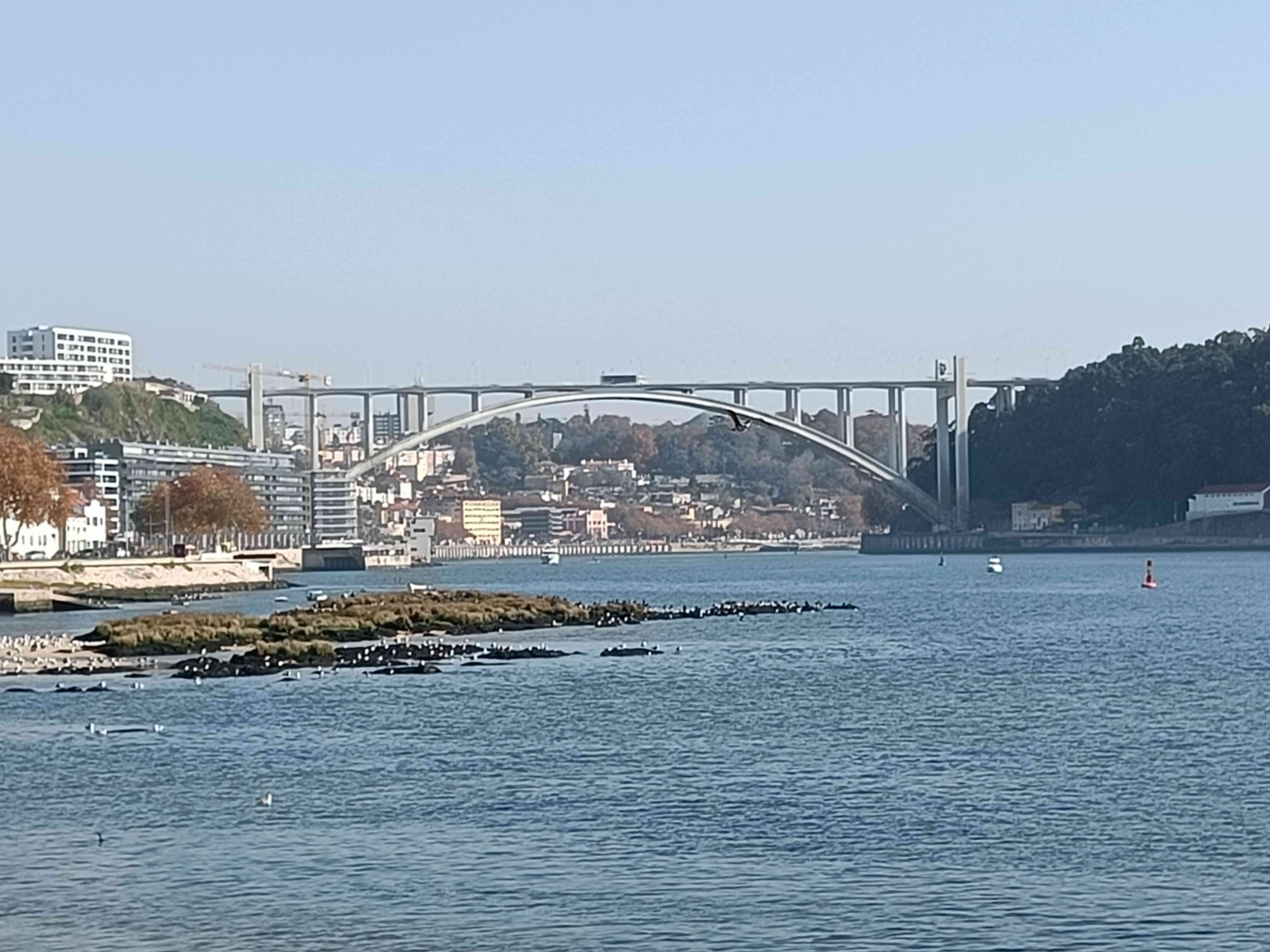Arrábida Bridge
The Arrábida Bridge is an arch bridge of reinforced concrete which carries six lanes of traffic over the Douro River, between Porto and Vila Nova de Gaia

Project Details
- Location : Arrábida Bridge
- Date of completion : 1963
- Origin : Professor Edgar António Mesquita Cardoso
- Apartment Distance : 2.5 km
Overview
In March 1952, a preliminary project for a roadway bridge was adjudicated to Professor Edgar António Mesquita Cardoso, by the JAE. It was approved in 1955.
The construction of the bridge proceeded in May 1957. By decree 42/234, dated 22 April 1959, the Ministério das Obras Públicas (Public Works Ministry) promoted, through their respective City Councils, the construction of modest dwellings for the accommodation of families who needed to be demolished, as a result of the construction of access to the bridge.[2] By 22 June 1963, the bridge was concluded and inaugurated. At the time of its completion, the bridge’s main span of 270 metres (890 ft) was the largest of any concrete-arch bridge in the world.
In the 1990s, the elevators on the bridge were deactivated.
A process to classify the bridge began on 16 February 2011. An announcement was issued on 18 September 2012 (13409/2012) on the project to classify the bridge as a Monumento Nacional (National Monument), establishing its respective Special protection Zone.
On 24 June 2016, a tourist experience that allowed pedestrians to walk across the archway, an idea of Pedro Pardinhas, who invested 50,000 euros and safety equipment and transformation of a small annex as the reception hall for “Porto Bridge Climb”.